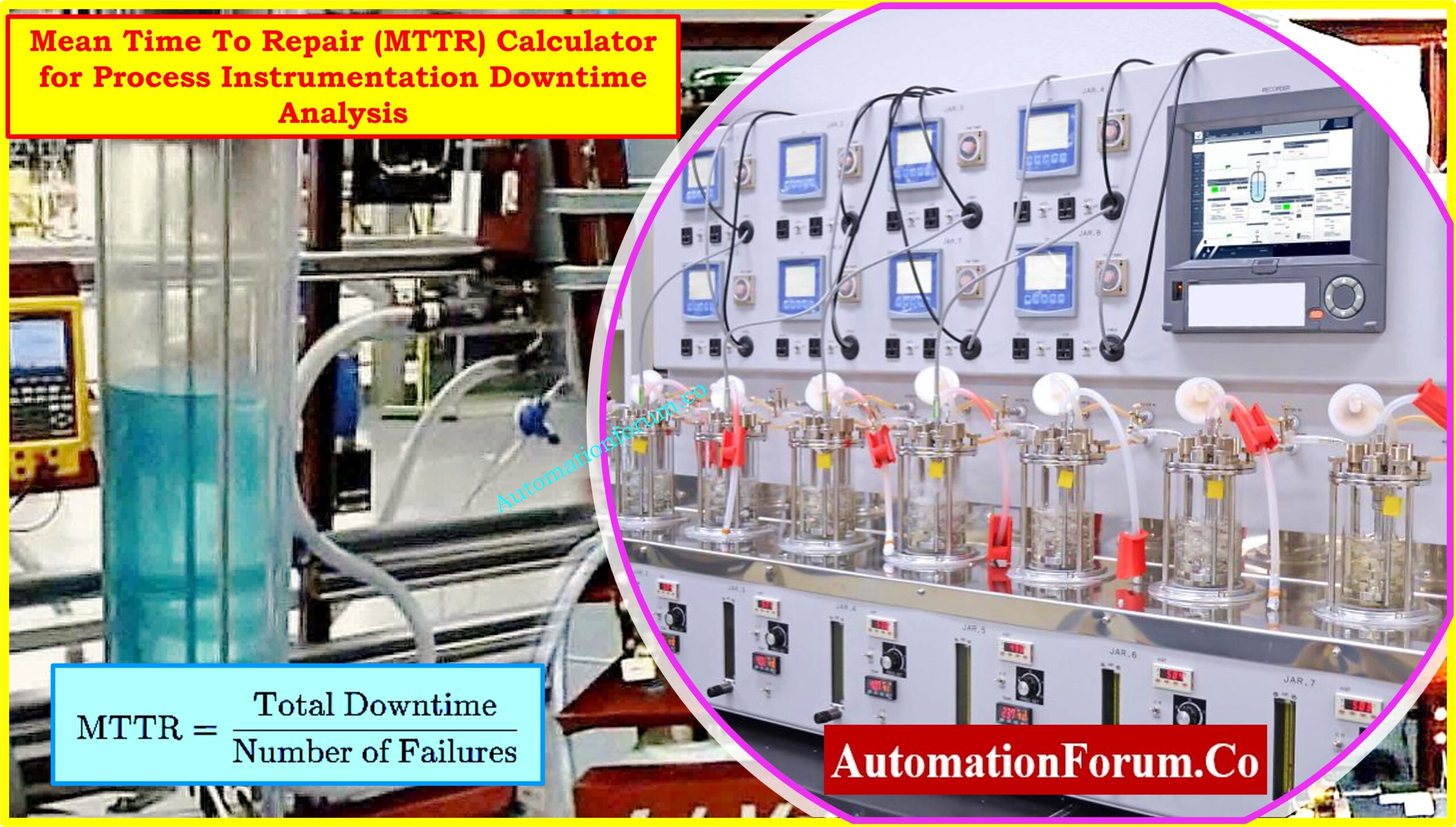This calculator enables easy conversion of pressure values from Millimeter of Mercury (mmHg) to Pascals (Pa), widely used in physics, meteorology, and engineering applications requiring precise pressure measurements.
Definition: Millimeter of Mercury (mmHg)
The Millimeter of Mercury (mmHg) is a unit of pressure that represents the force exerted by a 1-millimeter column of mercury at 0°C under standard gravity. It is commonly used in barometry, medical fields, and vacuum measurements.
Definition: Pascal (Pa)
The Pascal (Pa) is the SI unit of pressure, defined as one newton per square meter. It is used universally in scientific and engineering fields to measure pressure, stress, and tensile strength.
Formula for mmHg to Pa Conversion:
Pressure in Pa=Pressure in mmHg×133.322
How to Convert mmHg to Pa: Example Calculation
Suppose you have a pressure of 760 mmHg. To convert it to Pascals:
760×133.322=101325.52?Pa
So, 760 mmHg is equal to 101325.52 Pa.
Quick Reference Conversion Table for mmHg to Pa
| Millimeter of Mercury (mmHg) | Pascals (Pa) |
| 1 mmHg | 133.32 Pa |
| 10 mmHg | 1333.22 Pa |
| 100 mmHg | 13332.2 Pa |
| 500 mmHg | 66661 Pa |
| 760 mmHg | 101325.52 Pa |
| 1000 mmHg | 133322 Pa |
Uses of mmHg to Pa Conversion Calculator:
- Scientific Research: Useful for converting pressure readings in various scientific research fields.
- Meteorology: Helps in converting barometric pressure data between mmHg and Pa.
- Medical Applications: Assists in converting pressure measurements for medical equipment, as Pa is the standard SI unit.
- Industrial Calibration: Applicable for converting pressure values in engineering and process control instrumentation.
This mmHg to Pa conversion calculator is an essential tool for professionals in scientific, medical, and industrial fields where accurate pressure conversions are critical.
Here you can refer more Online Instrumentation Calculators Collections





